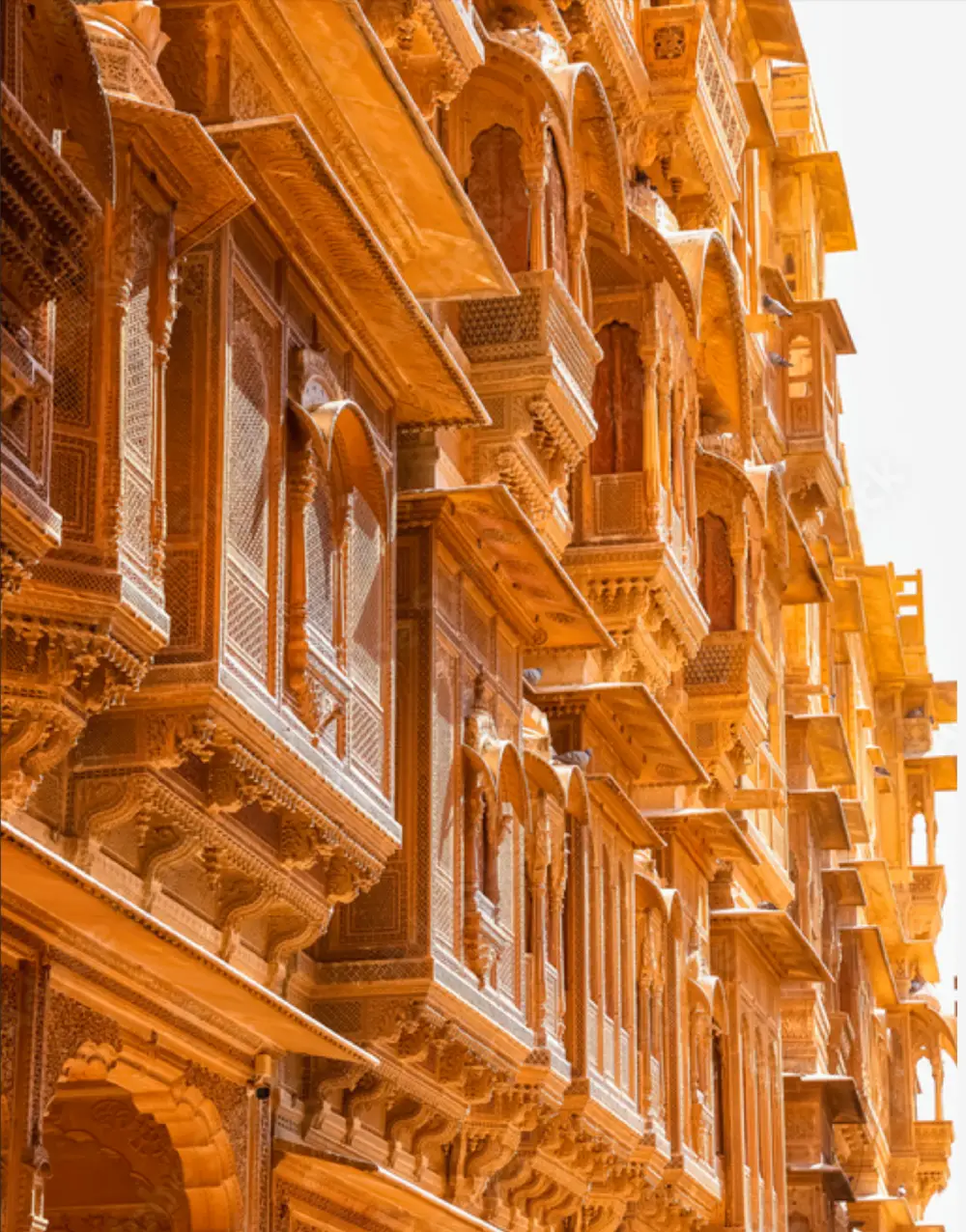When Kathak dancer and practising lawyer Zoe Tan takes the stage at Nrityalaya Black Box on October 11, she will not only be presenting a traditional repertoire choreographed by her guru, Pallavi Sharma, but also inaugurating a new series that aims to give Kathak a stronger presence in Singapore. She has been chosen as the first soloist for Mehfil, a platform initiated by Bhaskar’s Arts Academy to spotlight the classical dance form.
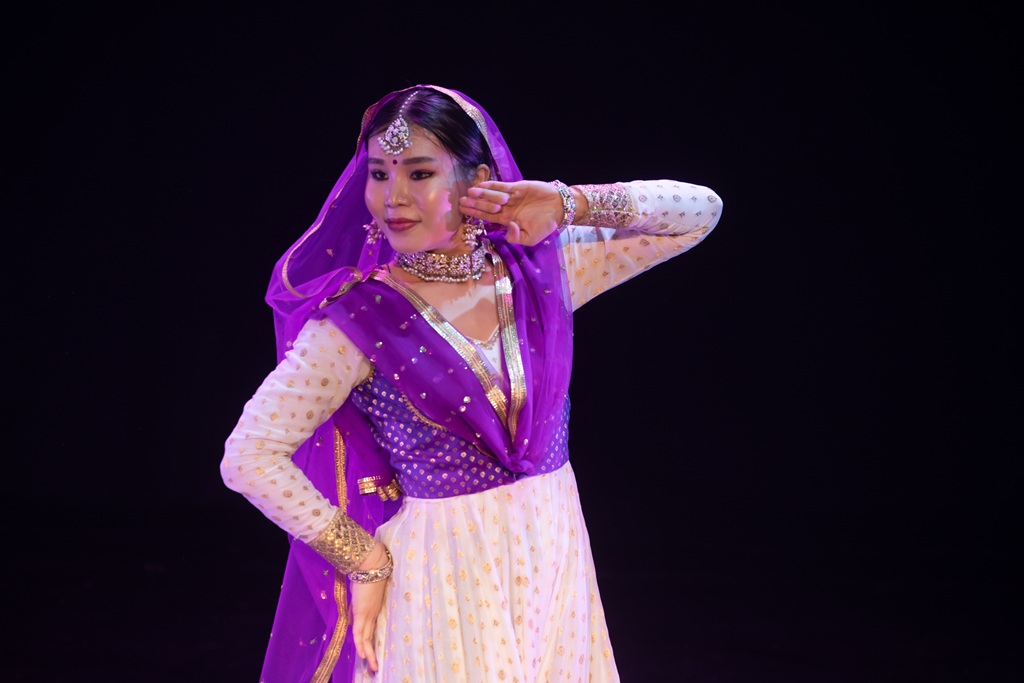
“Mehfil in Hindi refers to a gathering of common interests, where people come together to enjoy performances, share stories, or engage in discussions. It is associated with warmth, camaraderie, and artistic expression, often in a cozy or intimate setting,” explained Thava Rani Mohan, Company Manager of Bhaskar’s Arts Academy. She added that through this series the Academy hopes to “raise the profile and enhance the visibility of the Kathak dance form in Singapore”. Mehfil will be presented annually, each time featuring a soloist from one of the local Kathak institutions, to encourage growth, collaboration and higher standards in the art form.
For Zoe, the opportunity is both personal and profound. In an exclusive interview with Connected to India’s Sudipto Maity, she spoke about her journey into the world of arts and her discovery of Kathak. “I am an in-house legal counsel by profession, but I’ve always had a passion for the arts. Growing up, I studied piano, violin, and classical voice, and also enjoyed life drawing. Over the years, I’ve explored a variety of dance forms such as tango, street jazz, and hip hop. For me, the arts are not just a form of expression — they allow me to connect more deeply with the world around me,” she said.
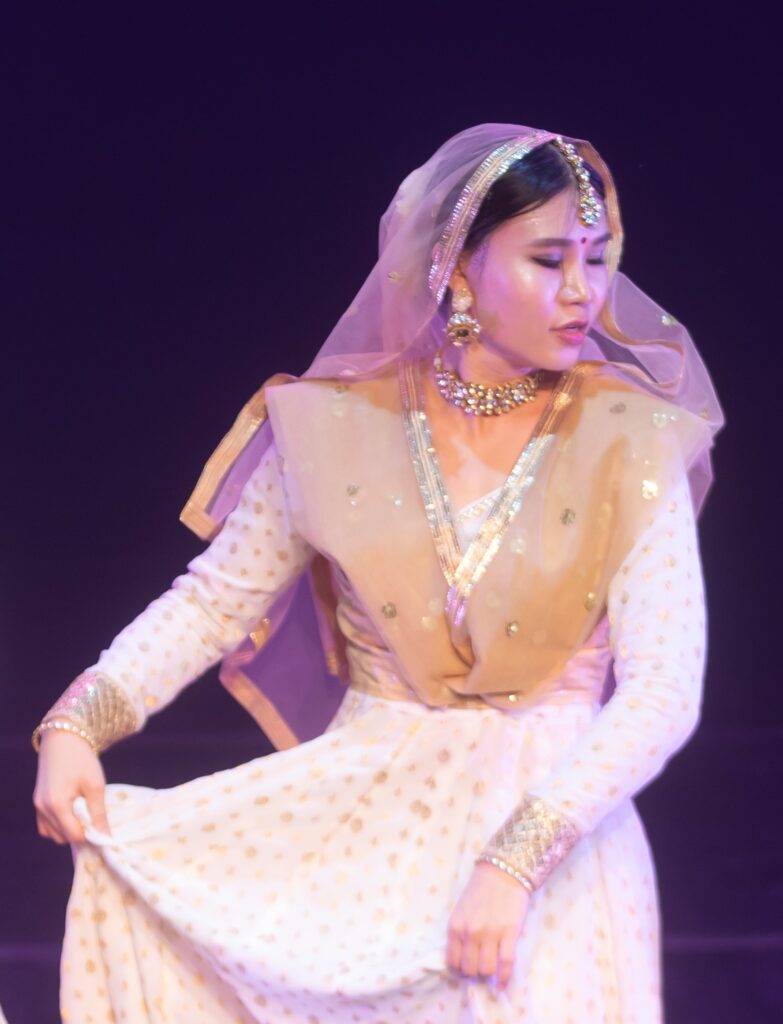
Zoe’s first brush with dance came at the age of five, when she joined ballet classes. “My earliest memory of it was repeating drills endlessly in class — it felt boring at the time, especially since I wasn’t particularly flexible. But those experiences planted the seed of discipline and practice that I now see in every dance form,” she recalled.
Ballet was followed by Bollywood dance during her teenage years, on her mother’s encouragement. That was when she realised that Bollywood was really a fusion of many styles, often including elements of classical Indian dance. This sparked her curiosity about the roots of those movements, which ultimately led her to Kathak.
“My first exposure to Kathak came through Bollywood dance classes. I noticed elements of Kathak woven into Bollywood routines and became curious about the pure classical form itself. When I finally experienced Kathak on its own, I fell in love with its grace, beauty, and precision, and decided to explore it further,” Zoe said.
Her formal training opened her eyes to Kathak’s depth and rigour. “There’s so much more theory than I had anticipated — understanding rhythm (taal), learning the bols or syllables, and studying the storytelling aspects. It is also very physically demanding: the stamina required for rapid footwork and consecutive spins can be intense, yet every movement still needs to carry grace, precision and subtlety.”
Not everyone around her immediately understood the choice. “My close friends and family, who already knew about my Bollywood dance exposure, weren’t very surprised. That said, many struggled to understand what Kathak really is and how it differs from Bollywood or even Bharatanatyam, which is more familiar to people in Singapore,” she said.
At her workplace, too, the revelation often sparks curiosity. “Colleagues are intrigued that I’m learning a traditional Indian dance form, and it often sparks conversations about culture, identity, and the arts.”
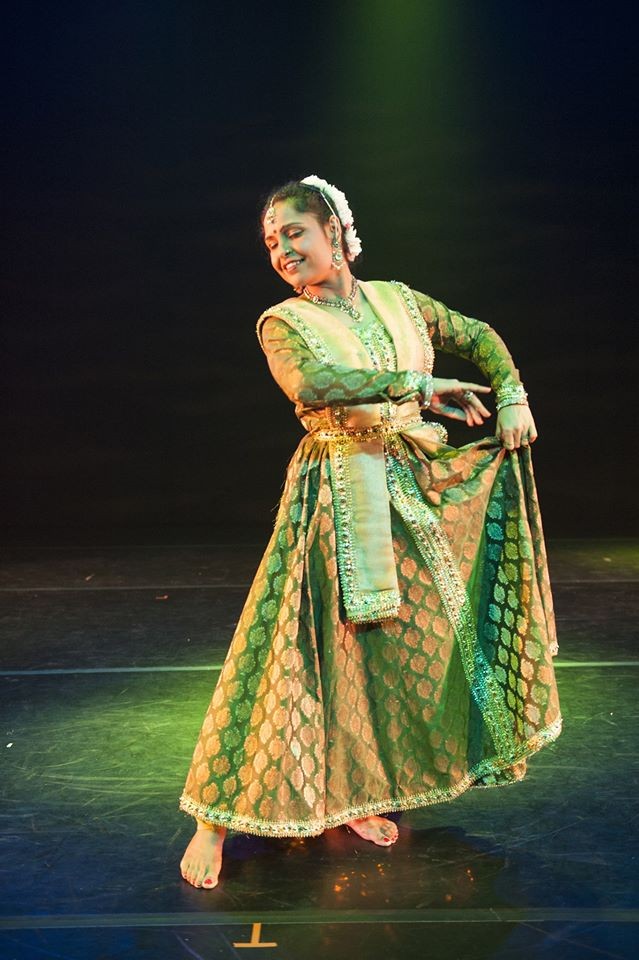
Talking about her very first interaction with her guru, Pallavi Sharma, Zoe said she remembers it vividly. “I turned up to my first Kathak class in a cropped sports top and tights, not realising the importance of traditional attire. Guru Pallavi kindly explained that Kathak required traditional Indian clothing, because the costume itself is part of the dance’s discipline and cultural expression.”
From the beginning, she found her teacher nurturing and patient, guiding her through not just the physical training but also the cultural and religious contexts behind the art. “Through Kathak, she has also shared with me lessons about discipline, resilience and patience. In many ways, she has taught me about life itself through dance, and her lessons continue to shape not just how I move, but how I live.”
Over the past five years, Zoe has trained under Sharma at Bhaskar’s Arts Academy’s teaching wing, Nrityalaya Aesthetics Society. She has also gained performance experience on both local and international stages. Her appearances include Bhaskareeyam’s Prasaantham series, the Abhisaar Kathak Dance Festival, Kalaa Utsavam at the Esplanade, the Arts and Aesthetics Foundation International Dance Festival in New Delhi and Bali, the Gastech Exhibition in Singapore, and even a showcase at The Istana.
In the upcoming Mehfil, she will present a carefully curated repertoire that reflects the full spectrum of Kathak. Audiences can expect the invocatory Vandana, descriptive Gat Bhav, the expressive Thumri and the rhythmic intricacies of the Tarana. Together, these pieces highlight the dance form’s unique layakari, intricate footwork and dizzying pirouettes.
Bhaskar’s Arts Academy sees Mehfil not only as a platform for artists like Zoe, but also as part of a larger revival of Kathak in Singapore.
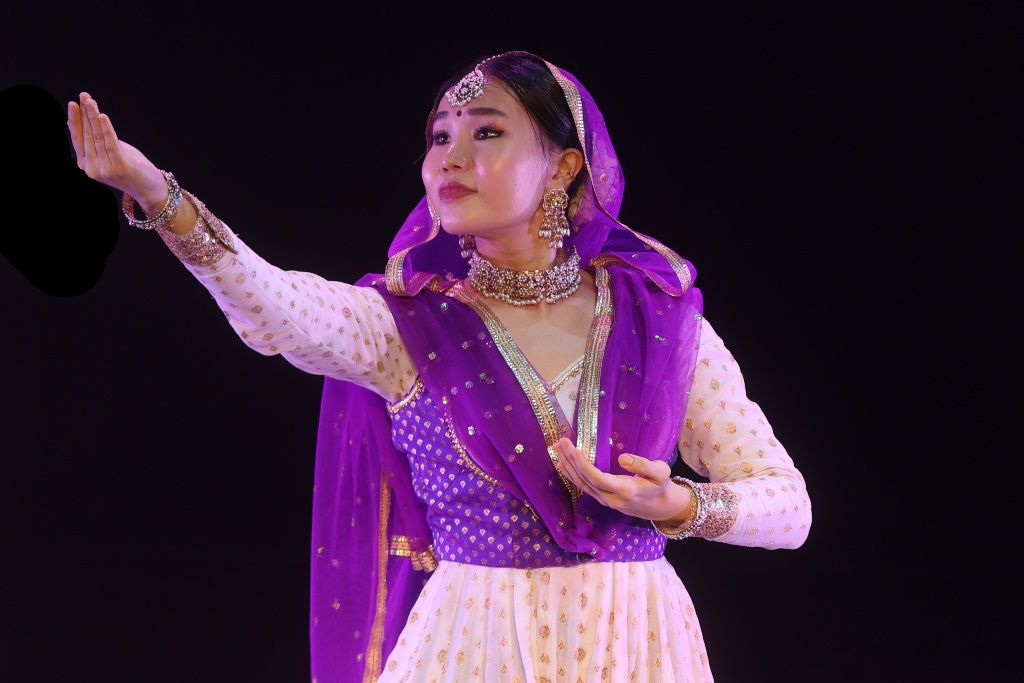
Kathak first appeared on the island’s cultural landscape in the 1970s, with BAA and a handful of other organisations active at the time. But there were no sustained efforts to develop the form, and interest gradually declined. In 2010, the Academy began rejuvenation initiatives to bring Kathak back into prominence. This led to the launch of the inaugural Kathak Festival in April 2024, which brought together different local institutions. Mehfil is the next step, offering a space for solo dancers to shine and for audiences to connect with Kathak more intimately.
For Zoe, the learning continues to be a journey without end. “The more I learn, the more fascinated I become because each time I learn something new in Kathak, I also realise how much more there is that I don’t yet know. Kathak is inexhaustible in its depth — its moods, sentiments, and expressions seem endless. Kathak has this unique power to be rhythmic and intense, yet always full of elegance and emotional nuance. That quality is what keeps me drawn to it and makes me want to keep learning,” she said.
On October 11, when she steps onto the Mehfil stage, Zoe will embody not just her own journey from ballet and Bollywood to classical Kathak, but also Bhaskar’s Arts Academy’s vision of giving Indian classical dance a renewed space in Singapore’s cultural fabric. Mehfil promises to be an intimate evening of rhythm, grace and storytelling, and for Zoe, a defining moment in her artistic journey.

